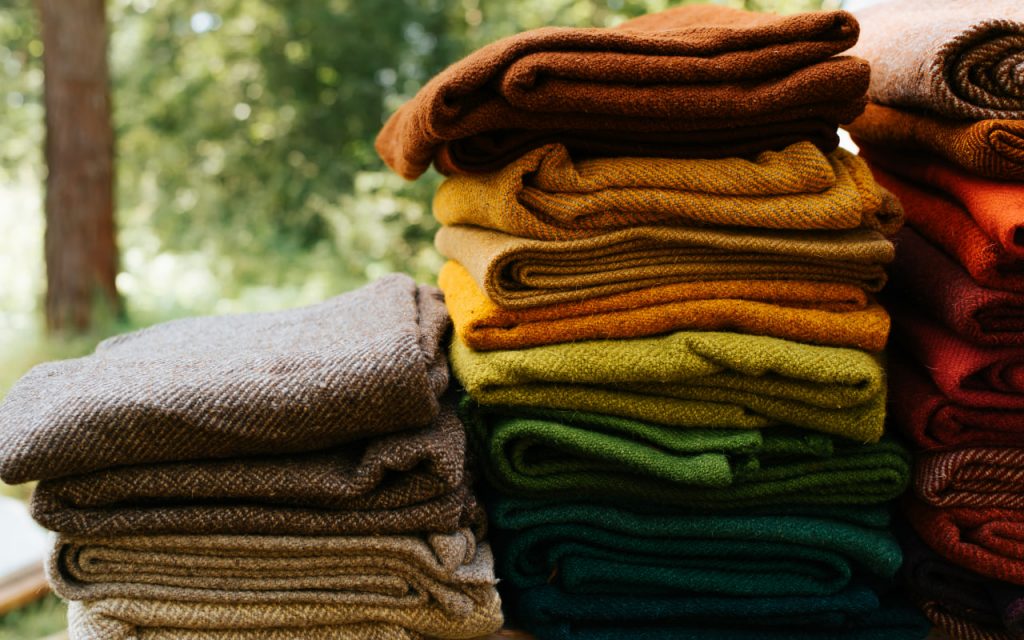In a world overflowing with waste, there’s something deeply satisfying about turning the ordinary into the extraordinary — especially when that transformation begins in your own kitchen. Onion skins, avocado pits, wilted herbs, even the water you used to boil black beans — all of these so-called “scraps” can become the foundation of beautiful, naturally dyed textiles.
Upcycling with plant dyes isn’t just sustainable. It’s joyful, creative, and deeply personal. Unlike synthetic dyes, which offer uniform results, natural dyes invite surprise. Each dye bath becomes a small experiment. The same onion skin that gave golden yellow yesterday might yield earthy orange today, depending on the season, water quality, or fabric used.
And the process is accessible. You don’t need to live on a farm or forage rare plants. You simply need to pay attention to what you already have. That cup of herbal tea, the beets you roasted for dinner, the peels you almost threw away — they all contain pigment, potential, and a story.
Our courses focus on helping you recognize these overlooked treasures and turn them into lasting color. We teach how to properly prepare fabrics so the dye adheres, how to safely modify colors with natural additives like vinegar, baking soda, or rusty nails, and how to create patterns using simple folding and resist techniques. You’ll learn that even a faded old shirt can become a canvas for renewal.
This practice also encourages a new kind of mindfulness. You begin to cook with color in mind. You save what others discard. And you start to feel a sense of connection — not only to nature, but to the act of making something beautiful and lasting from what would otherwise be forgotten.
Natural dyeing is more than a craft. It’s an act of care — for the planet, for your wardrobe, and for your own creativity. Start with what you have. Let the scraps speak. You’ll be amazed by what they can become.

